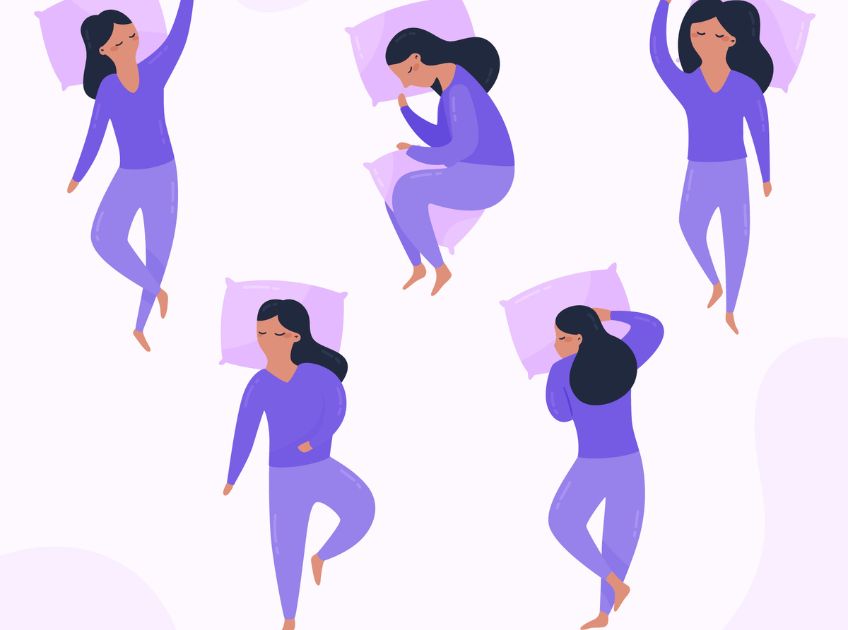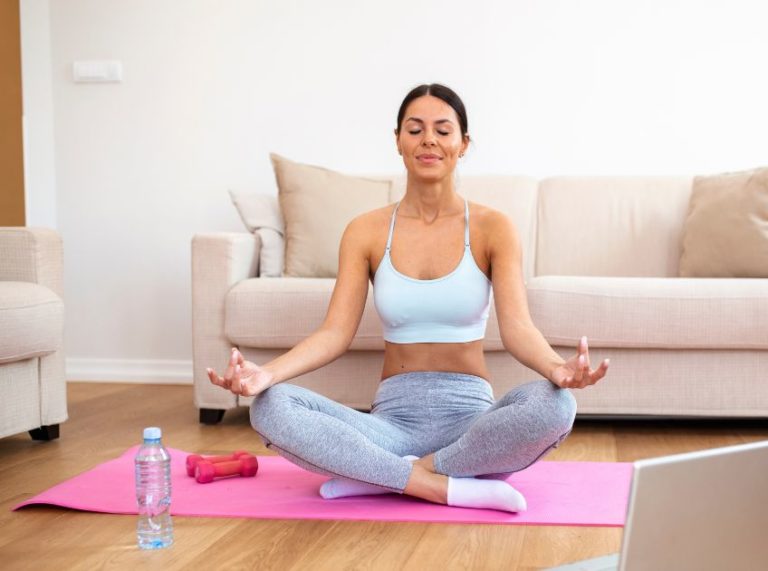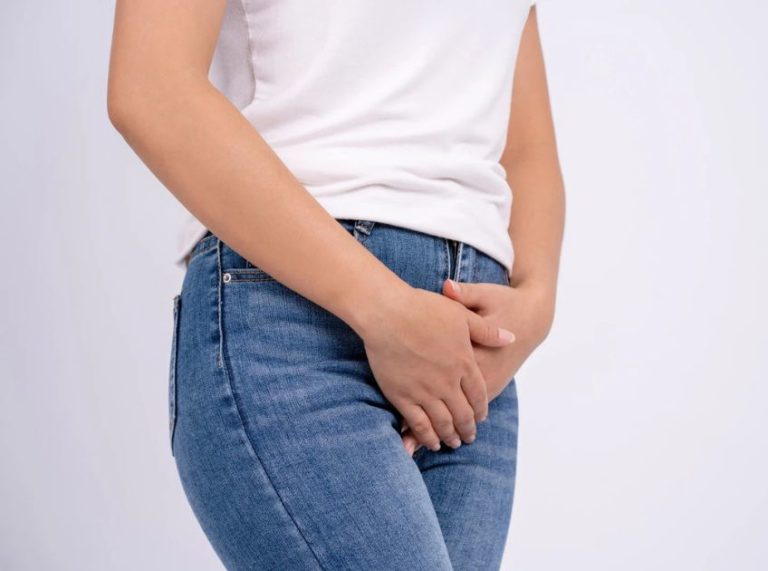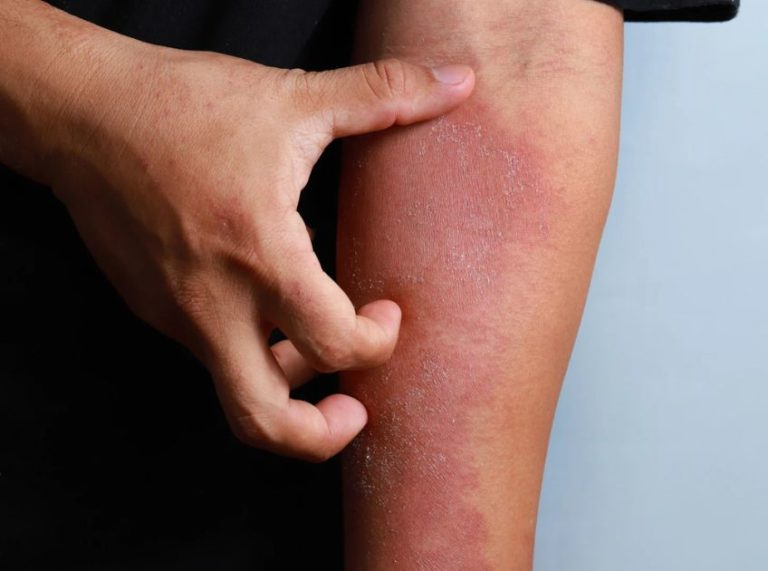
Important: This article is for informational purposes only. Please read our full disclaimer for more details.
Aching legs can make it hard to fall asleep or stay asleep through the night. Whether the discomfort is due to muscle fatigue, poor circulation, or conditions such as varicose veins or restless leg syndrome, the way you position your body during sleep can significantly influence pain levels.
Research on sleep posture and musculoskeletal health shows that proper alignment reduces strain on muscles and improves blood flow, aiding in recovery and pain relief (1)(2).
What Causes Aching Legs at Night?
Leg pain during rest can stem from a variety of factors:
- Muscle Overuse: Intense workouts or prolonged standing can lead to soreness.
- Poor Circulation: Restricted blood flow can cause heaviness or cramping.
- Nerve Issues: Conditions like sciatica can radiate pain down the legs.
- Medical Conditions: Arthritis, varicose veins, or electrolyte imbalances may also contribute.
Identifying the root cause is important, but adopting the right sleeping position can help ease discomfort while you recover.
Best Sleeping Positions to Soothe Aching Legs
Finding the right sleeping posture is crucial for reducing discomfort in your legs and allowing your muscles to recover overnight. The goal is to support proper blood circulation, relieve pressure from strained muscles, and maintain neutral alignment of the hips, knees, and lower spine. Below are the most effective sleeping positions recommended by experts and supported by research.
1. Back Sleeping with Leg Elevation
Lying on your back with pillows under your calves or feet helps reduce swelling and pressure on leg muscles.
- Why it helps: Research published in The Journal of Vascular Surgery indicates that elevating the legs 6–12 inches above the heart promotes venous return, easing pressure in the lower limbs and supporting muscle recovery (3). It also helps flush out lactic acid build-up after physical activity, reducing next-day soreness.
- How to do it: Place a wedge pillow or 1–2 firm pillows under your calves or feet, keeping your knees slightly bent to prevent strain. Avoid stacking soft pillows that can collapse during the night, as this may misalign your hips and knees.
- Pro Tip: Combine elevation with gentle stretching before bed to further improve circulation and ease muscle tension.
2. Side Sleeping with a Pillow Between Knees
Placing a pillow between your knees while side sleeping keeps the hips and spine aligned, reducing strain on the thighs and knees.
- Why it helps: Studies on spinal and hip alignment during sleep show that placing a pillow between the knees maintains neutral pelvic positioning, reduces torsion in the spine, and evenly distributes weight (4). This minimizes stress on the thighs and knees, preventing soreness and stiffness.
- How to do it: Use a medium-firm pillow that keeps your knees and ankles hip-width apart. Position the pillow so it supports from mid-thigh to ankle rather than just between the knees for better alignment.
- Pro Tip: Keep your legs slightly bent rather than curling tightly into a fetal position. Over-tucking can tighten hip flexors and restrict blood flow to the lower limbs, which may worsen aching sensations.
3. Back Sleeping with Slight Knee Bend
If fully straightening the legs causes discomfort, placing a rolled towel or thin pillow under the knees can ease tension in the hamstrings and calves.
- Why it helps: Biomechanical studies indicate that a gentle knee bend during rest reduces lumbar spine extension and eases tension on the sciatic nerve, making it ideal for nerve-related leg discomfort (5).
- How to do it: Use a soft pillow or towel roll that lifts the knees just enough to remove tension without forcing them into a high bend. This keeps the pelvis neutral and encourages muscle relaxation.
Sleeping Positions to Avoid with Aching Legs
- Sleeping on the Stomach: This can twist the hips and strain the lower body, worsening discomfort in the legs.
- Cross-Legged Positions: Crossing legs restricts circulation and may increase numbness or cramping overnight.
- Flat Back Without Support: Keeping the legs completely flat on a hard surface can aggravate swelling or nerve compression.
Frequently Asked Questions (FAQ’S)
1. Does elevating legs while sleeping always help with leg pain?
A. Not always. While elevation aids circulation and swelling, people with certain spinal conditions may need a more neutral position. A healthcare provider can suggest the best posture based on the cause of pain.
2. Can a mattress affect leg pain at night?
A. Yes. A too-soft mattress can misalign the hips and knees, while an overly firm one may put pressure on muscles. A medium-firm mattress with good support is often recommended.
3. How long should I elevate my legs to see relief?
A. Experts suggest elevating the legs for at least 15–20 minutes before sleep and maintaining a slight elevation overnight to reduce swelling and discomfort.
The right sleeping position can make a significant difference in reducing leg pain and improving rest. Back sleeping with leg elevation or side sleeping with knee support are the most beneficial postures for easing discomfort. Avoid stomach sleeping or positions that twist the hips and restrict circulation. Combined with stretching, hydration, and proper mattress support, these sleep adjustments can help your legs recover faster and keep pain at bay.















